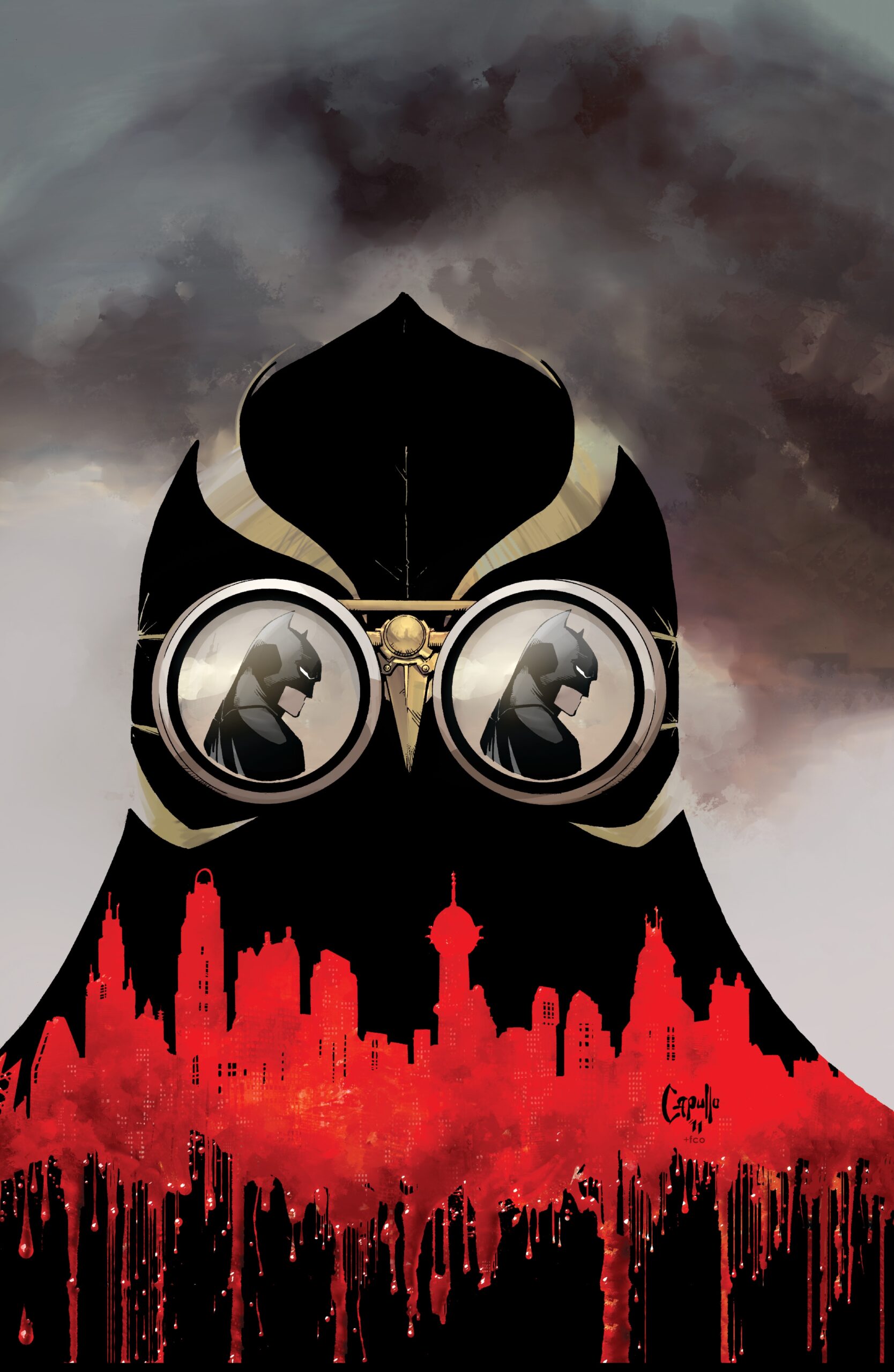Scott Snyder and Greg Capullo’s “The Court of Owls” arc, which inaugurated the New 52 Batman series in 2011, is not merely a good Batman story; it’s a quintessential modern masterpiece. It deftly weaves together elements of horror, mystery, and psychological thriller, all while grounding itself in the rich tapestry of Gotham City lore. Its impact reverberates through the Batman mythos even today. Delving into its narrative and artistic achievements reveals why this storyline has resonated so profoundly with readers and critics alike.
The Foundational Elements: A Gotham Shrouded in Conspiracy
At its core, “The Court of Owls” introduces a clandestine society that has lurked in the shadows of Gotham for centuries. This secret cabal, known as the Court of Owls, represents a conspiracy that dates back to the very founding of the city. Batman, ever the pragmatist, initially dismisses the existence of the Court as mere urban legend, a nursery rhyme used to frighten children. This dismissal, however, proves to be his undoing, as the Court launches a meticulously planned assault on both his physical and psychological well-being.
The Court’s modus operandi is both subtle and brutal. They employ highly trained assassins known as Talons, resurrected from the dead using a compound called Electrum. These Talons are formidable adversaries, possessing regenerative abilities and unwavering loyalty to the Court. The historical scope of the Court’s influence, combined with the ruthlessness of its Talons, immediately establishes them as a credible and terrifying threat to Batman and Gotham itself.
Psychological Warfare: Fracturing the Bat
One of the most compelling aspects of “The Court of Owls” is its emphasis on psychological manipulation. The Court doesn’t simply attack Batman physically; they attack his sanity. They systematically dismantle his perception of reality, questioning his memories and his understanding of Gotham’s history. This is achieved through a series of carefully orchestrated events designed to leave Batman disoriented, isolated, and questioning his own sanity.
The labyrinth scene, in particular, stands as a testament to Snyder’s masterful storytelling. Batman is trapped within a complex maze, his senses assaulted by distorted architecture, shifting perspectives, and the ever-present threat of the Talons. This sequence isn’t merely a physical challenge; it’s a profound exploration of Batman’s psyche. He is forced to confront his deepest fears and vulnerabilities, pushing him to the brink of mental collapse. The narrative effectively uses the labyrinth as a metaphor for Batman’s own fractured state of mind.
Artistic Brilliance: Capullo’s Gotham Renaissance
Greg Capullo’s artwork in “The Court of Owls” is nothing short of breathtaking. His dynamic panel layouts, coupled with his meticulous attention to detail, bring Gotham City to life in a way that feels both familiar and unsettlingly new. Capullo’s rendition of Batman is particularly noteworthy. He portrays the character as a powerful, imposing figure, yet also vulnerable and human. His depiction of the Talons is equally striking, their gaunt visages and contorted postures conveying an aura of palpable menace.
The visual storytelling in “The Court of Owls” is paramount to its success. The architecture of Gotham, warped and distorted by the Court’s influence, becomes a character in itself. The labyrinth scene, in particular, is a masterclass in visual storytelling, using perspective and composition to create a sense of disorientation and claustrophobia. Capullo’s artwork elevates the narrative to a new level of artistic achievement.
Unraveling the Mystery: A Conspiracy Forged in Time
The mystery surrounding the Court of Owls is meticulously crafted, unfolding gradually throughout the storyline. As Batman delves deeper into the investigation, he uncovers a web of secrets that stretches back generations, implicating some of Gotham’s most prominent families. The revelation that the Court has been manipulating events from behind the scenes for centuries adds a layer of complexity to the narrative, raising profound questions about the nature of power and control.
The connection between the Court and the Wayne family is a particularly compelling aspect of the mystery. The suggestion that the Waynes may have been involved with the Court in the past adds a layer of moral ambiguity to Batman’s own history. This revelation forces him to confront the possibility that his family’s legacy is not as pristine as he once believed, further challenging his sense of identity and purpose.
Legacy and Impact: A Paradigm Shift in Gotham
“The Court of Owls” has had a profound and lasting impact on the Batman mythos. It introduced a new and formidable threat, redefined the history of Gotham City, and challenged the very foundations of Batman’s identity. The storyline’s success has led to numerous spin-offs and adaptations, cementing its place as a cornerstone of modern Batman lore.
The influence of “The Court of Owls” can be seen in subsequent Batman stories, as well as in other media adaptations of the character. The concept of a secret society manipulating events from behind the scenes has become a recurring theme in Batman narratives, reflecting the storyline’s enduring legacy. The Court of Owls themselves have become a staple of the Batman rogues’ gallery, appearing in various comic books, video games, and animated series. This enduring presence solidifies “The Court of Owls” as a seminal work, marking a distinct epoch in the Batman’s long and storied history, a paradigm shift that redefined the character and his environment for a new generation of readers. The reverberations of this narrative continue to resonate throughout the DC Universe, solidifying its position as a modern masterpiece.
